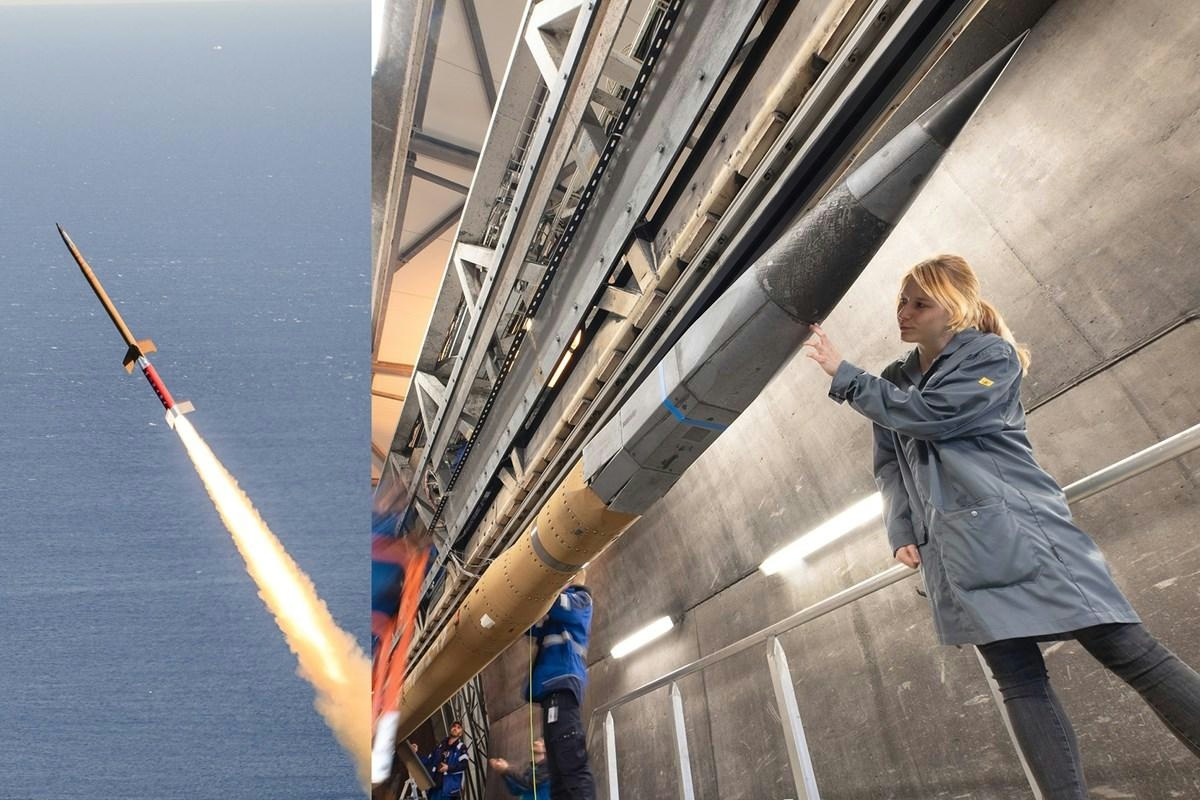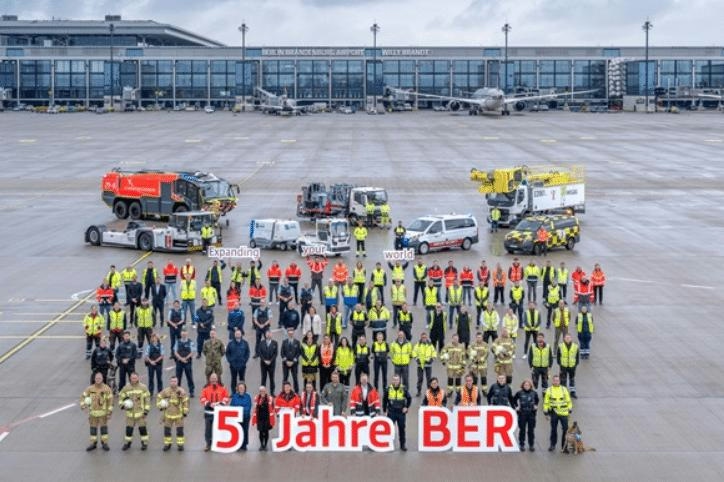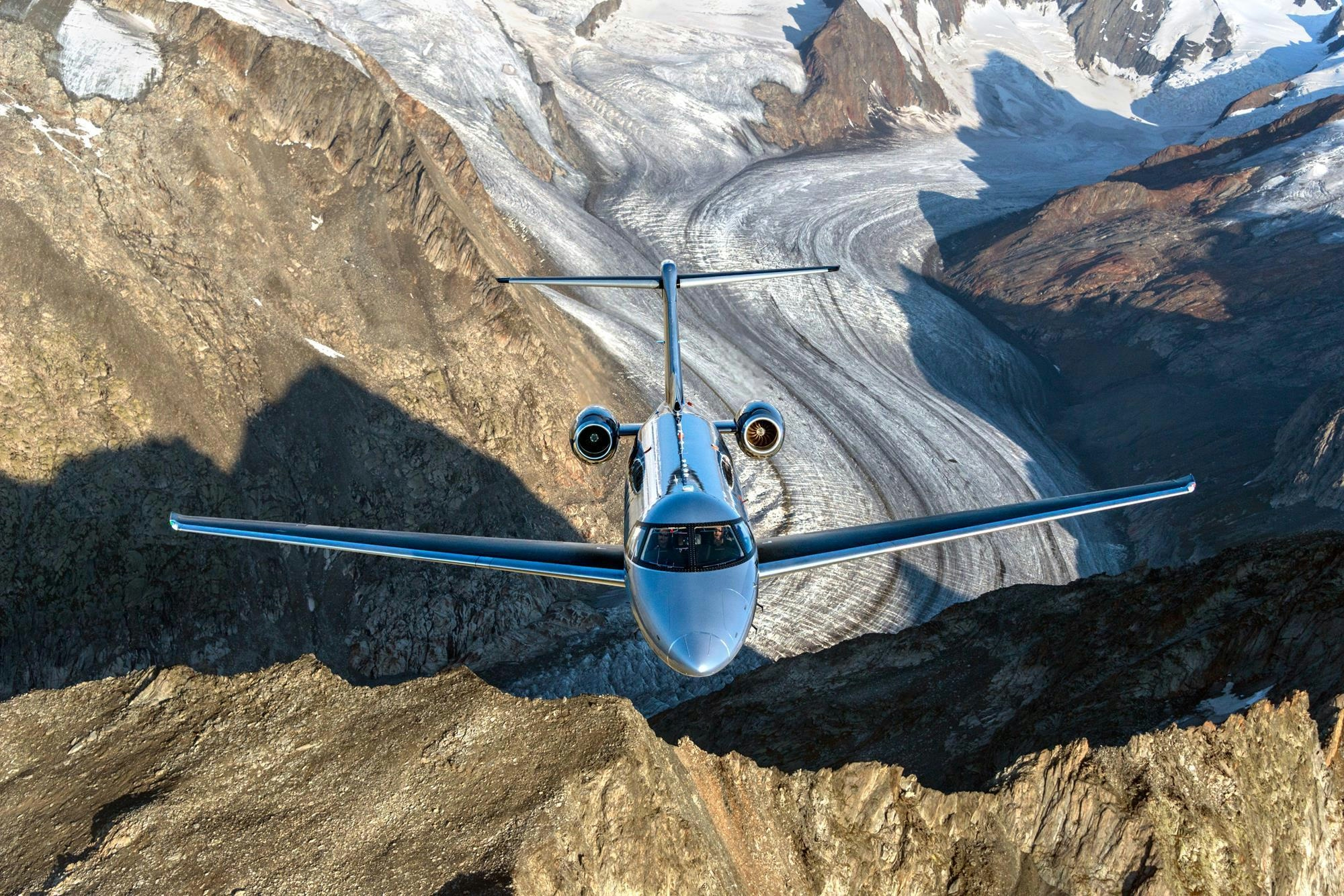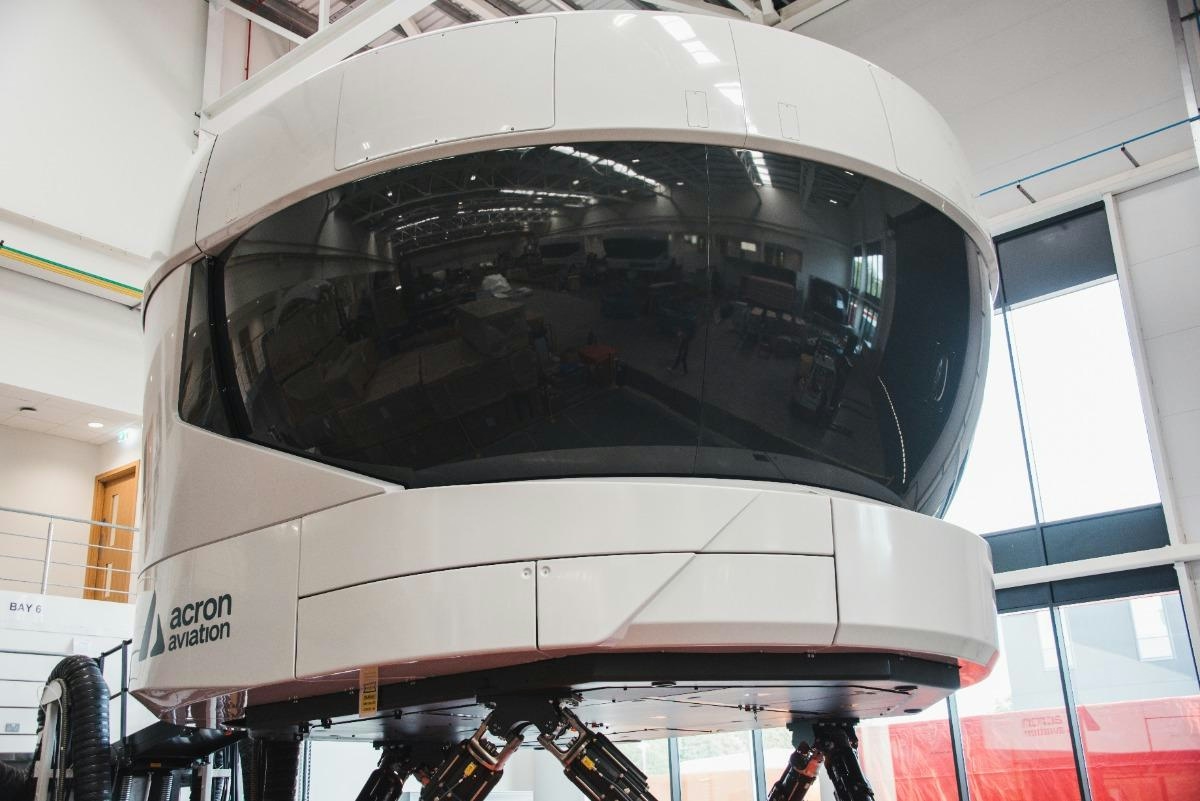
AeroGenie — ваш интеллектуальный второй пилот.
В тренде
Categories
DLR Rocket Flight in ATHEAt Program Tests CMC Nose and Movable Body Flaps

DLR’s ATHEAt Rocket Flight Advances Ceramic Matrix Composites and Movable Flap Technologies
On October 6, the German Aerospace Center (DLR) conducted a successful launch of a 13.5-meter research rocket from the Andøya launch site in northern Norway, marking a significant milestone in its Advanced Technologies for High Energetic Atmospheric Flight of Launcher Stages (ATHEAt) program. The mission lasted approximately four minutes, including a critical two-minute phase of high-speed flight exceeding Mach 9. During this period, the rocket was subjected to extreme aerothermal conditions, with gas temperatures surpassing 2000°C, simulating the harsh environment encountered by spacecraft during atmospheric re-entry.
Testing High-Performance Materials and Innovative Flap Systems
The rocket ascended to an altitude exceeding 30 kilometers, providing a demanding environment to evaluate new materials and technologies. A key focus of the flight was the performance of a nose cone crafted entirely from a fiber-reinforced ceramic matrix composite (CMC), developed in-house by DLR. This advanced material offers exceptional heat resistance, mechanical strength, and reduced weight, attributes essential for the development of reusable space vehicles.
In addition to the nose cone, DLR highlighted a CMC rocket nozzle designed for a hybrid engine, which was recently presented at JEC World 2024. Constructed from carbon fiber combined with a carbon-silicon carbide matrix (C/C-SiC), the nozzle aims to enhance engine efficiency by minimizing abrasion and lowering component weight, further supporting the goal of reusability.
The flight also incorporated a scientific payload featuring two cooling experiments to investigate active thermal management strategies at the rocket’s nose. Notably, the front section of the vehicle was equipped with four movable flaps made from DLR’s CMC material. These flaps were successfully deployed during flight and endured intense thermal stress, demonstrating their potential to improve the controllability of future space transportation systems.
Flight Trajectory, Data Collection, and Strategic Context
To maximize exposure to extreme temperatures, the rocket followed a carefully designed shallow trajectory, maintaining high Mach speeds at relatively low altitudes. A newly developed sensor network, referred to as the “sensor cube,” provided real-time measurements of acceleration and rotation, enabling precise ignition timing for the rocket’s second stage. The mission concluded with a safe splashdown in a designated area of the Norwegian Sea.
Ali Gülhan, ATHEAt project manager and head of DLR’s Supersonic and Hypersonic Technologies Department, emphasized the significance of the flight: “With the ATHEAt flight experiment, we have succeeded in flying at high Mach numbers for much longer than in our previous projects. We have now reached a new milestone and collected data for further R&D.” The comprehensive data set was gathered through over 300 sensors, including miniaturized infrared cameras, laser scanners, and radiation thermometers.
The advancements achieved through the ATHEAt program coincide with Germany’s growing emphasis on space defense capabilities. Analysts have noted increased interest in defensive and inspector satellites, prompting responses from domestic satellite manufacturers amid confidential procurement initiatives by the Bundeswehr. Concurrently, DLR faces intensifying competition from established aerospace entities such as SpaceX, which recently completed its 11th Starship test flight and continues to engage with the Federal Aviation Administration (FAA) on airspace integration challenges. These developments highlight the dynamic and competitive environment in which DLR operates, where technological innovation and regulatory adaptation remain critical to future success.

Restored 1960 Cessna 180C Skywagon Highlights Backcountry Aviation

EPC Aerospace Opens U.S. Headquarters at Orlando International Airport

BER Marks Five Years with 100 Million Passengers and Digital Advances

IBS Software Appoints Abha Dogra to Lead AI Initiatives in Aviation

Students Use AI to Rethink Urban Mobility

FLY4 Airlines and ACS Leasing Launch Winter ACMI Service from Delhi

Jet Aviation to Provide PC-24 Jets to French Navy

Acron Aviation Acquires Trakka Systems to Expand Operations

Illinois Lab Converts Food Waste into Jet Fuel in Aviation Advance
